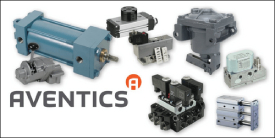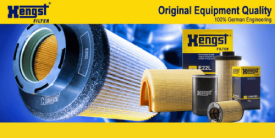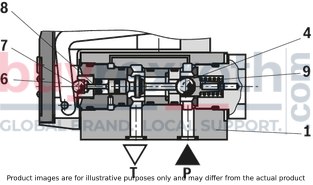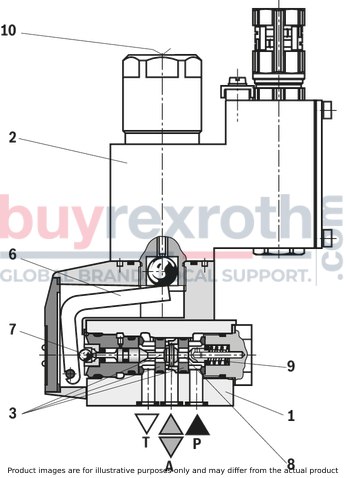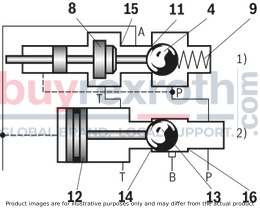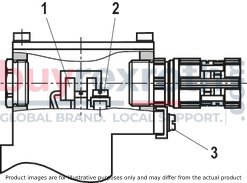***Disclaimer: The following summary contains information gathered from various sources such as product descriptions, technical specifications and catalogs. While efforts have been made to provide accurate details, inaccuracies may occur. It is advised to verify all information by contacting Bosch Rexroth directly.***
The Bosch Rexroth M-2SEW6N3X/420MG24N9XEZ2 (R901067263) is a high-quality directional seat valve designed for controlling the start, stop, and direction of flow in hydraulic systems. This direct operated directional seat valve features solenoid actuation, ensuring reliable performance in various applications. The valve consists of a durable housing, a robust solenoid, a hardened valve system, and a precision control spool that operates seamlessly to regulate fluid movement.
Equipped with a negative spool overlap, the M-2SEW6N3X/420MG24N9XEZ2 ensures that port T must always be connected to maintain proper function during the switching process. The manual override feature provides additional control by allowing the valve to be switched without solenoid energization. It is crucial to note that the specified maximum flow should not be exceeded and that a throttle insert may be required for flow limitation.
This model offers various configurations for different operational needs including "P and T connected" or "P blocked" initial positions and corresponding spool positions for effective fluid control. The seat arrangement can facilitate multiple options like directional seat valves with Plus plates to achieve specific functions.
Furthermore, the Bosch Rexroth M-2SEW6N3X/420MG24N9XEZ2 is designed for use in potentially explosive atmospheres and features porting patterns compliant with ISO standards. The solenoid coil of this valve can rotate by 90 degrees for flexible installation, while electrical connections are made easy with individual connections and cable glands. An optional concealed manual override enhances usability.
Additional components like throttle inserts or check valve inserts can be incorporated into the system as needed. These inserts manage flow rates or allow free flow from P to A while blocking flow from A to P respectively.
Overall, the Bosch Rexroth M-2SEW6N3X/420MG24N9XEZ2 directional seat valve stands out as a versatile and reliable component suitable for precise hydraulic flow control in demanding environments.
$3,076.00 USD
More are expected on June 2, 2026
Note: Sales tax, shipping, and applicable tariffs will be calculated at checkout.Status: This product is temporarily out of stock.
Qty: Delivered as early as June 2, 2026 when ordered in

